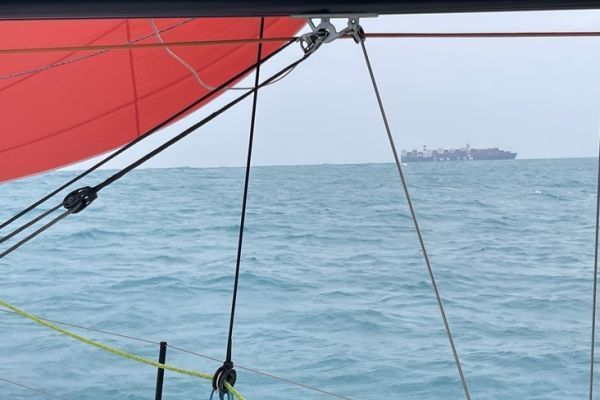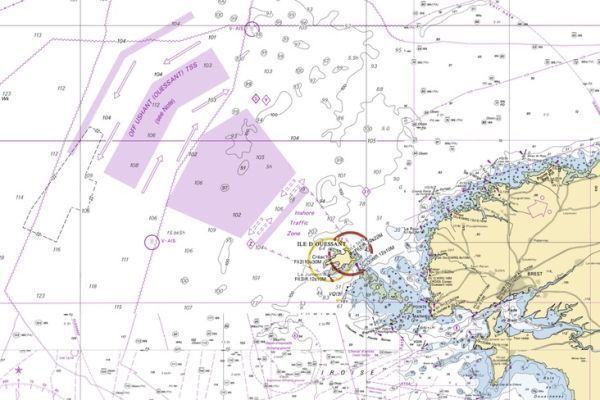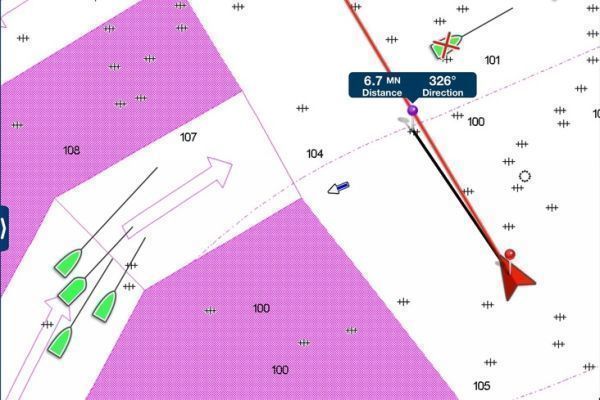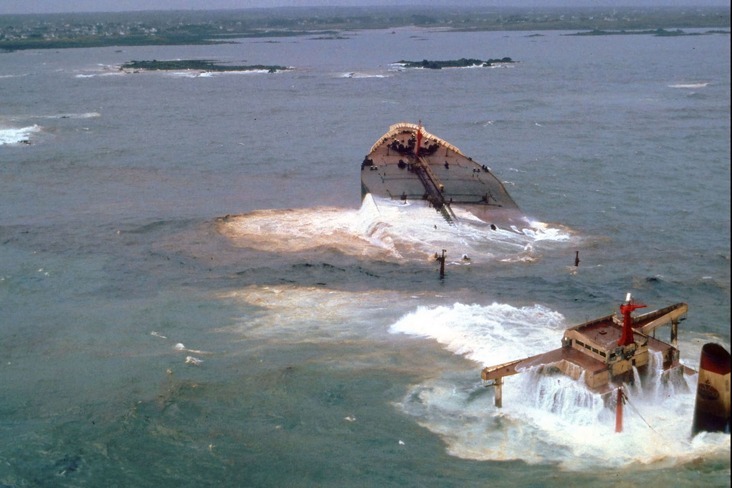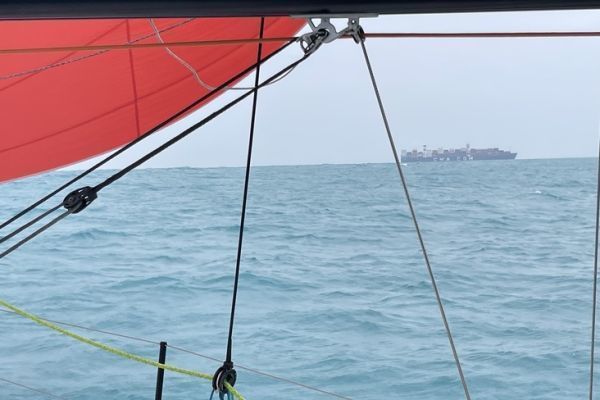Well-marked DSTs on the maps
A traffic separation scheme, or TSS, is easy to spot on a nautical chart. It's an area colored purple, with arrows indicating the direction of ship traffic. Depending on whether the arrows are solid or dotted, the DST is mandatory or optional for merchant navy vessels. There are several forms of DST, such as maritime traffic circles. But the common rule is to sail to the right, as on European roads.
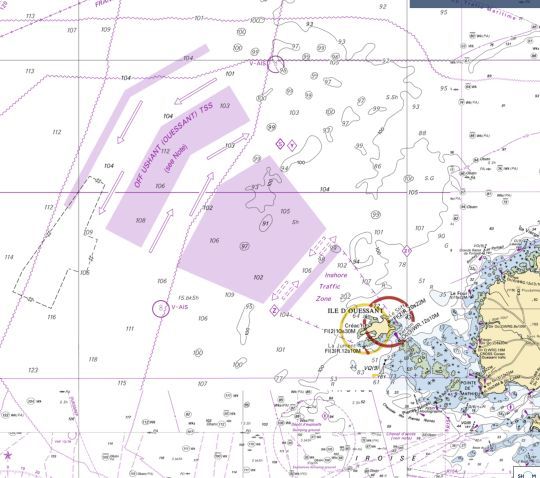
A safety issue
Crossing in a sailboat is not forbidden, but the rules of the helm do not normally apply. Sailing in and around a DST must comply with rule 10 of RIPAM, the International Regulations for Preventing Collisions at Sea. You should also be aware that sailing in a DST is not advisable for yachtsmen, unless you want to avoid immediate danger. Pleasure boats are too small to be easily seen by the freighters and tankers that pass through them. The risk is of going unnoticed and causing accidents, especially if you're not equipped with an AIS transponder.
An essential watch and modified privileges
When crossing a DST, you need to be even more attentive than usual, and keep a constant watch on what's going on around you: the speed of freighters easily exceeds 13 knots. You also need to keep your VHF switched on and tuned to channel 16. The Ushant rail is under the control of CROSS Corsen Ouessant Trafic. Do not hesitate to contact them to inform them of your intentions. They will help you anticipate your situation and warn other vessels of your presence.
Forget sailboat privileges, here commercial traffic has priority. Vessels less than 20 meters in length or sailing vessels must not impede the passage of mechanically propelled vessels following a traffic lane.
To cross a DST, you must do so at right-angles, avoiding getting too close to the cargo ships passing through. You must pass behind the ships in the system. If this is not possible, you'll have to start the engine, at the risk of being reprimanded by the authorities and fined.
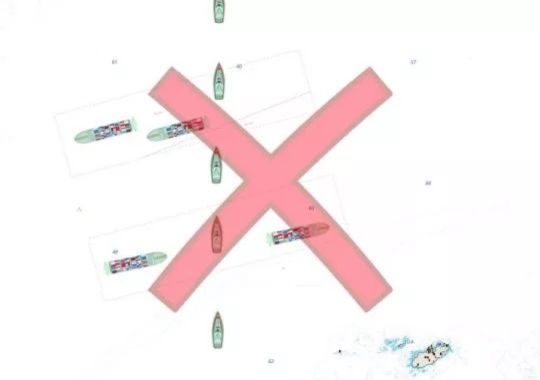
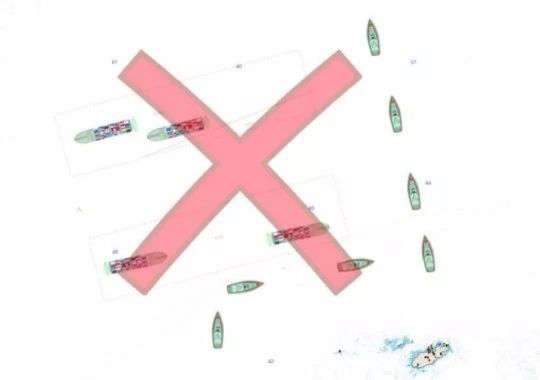


 /
/ 